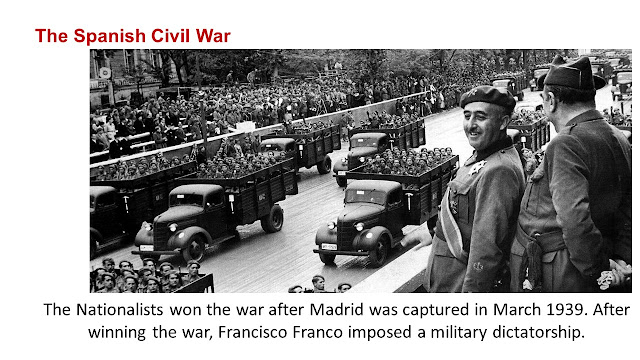The best thing to do with smoking is never try IT and never start smoking not even a single one. It is a very strong addiction and once you start you can never stop or it is very difficult to stop. Smoke has thousands of toxic substances that affect your health and can provoke cancer, heart problems, strokes and a decrease in the amount of oxygen that is in your blood plus many other problems.
NEVER EVER SMOKE!

Drugs
Cigarettes and Alcohol
Cigarettes and alcohol are two legal drugs. That, of course, doesn’t mean that they are good as we have seen even if they are socially accepted or you know people that consume them (In Spain, adults 18 and older can buy cigarettes and can buy alcohol.) But smoking and excessive drinking are not healthy for adults and are off limits for kids.
Illegal Drugs
When people talk about a "drug problem," they usually mean abusing legal drugs or using illegal drugs, such as marijuana (also called weed), ecstasy, cocaine, LSD, crystal meth, and heroin to get "high."
Why Are Illegal Drugs Dangerous?
Illegal drugs aren't good for anyone, but they are particularly bad for a kid or teen whose body is still growing. Illegal drugs can damage the brain, heart, and other important organs. Cocaine, for instance, can cause a heart attack — even in a kid or teen.
While using drugs, people are also less able to do well in school, sports, and other activities. It's often harder to think clearly and make good decisions. People can do dumb or dangerous things that could hurt them — or other people — when they use drugs.
Why Do People Use Illegal Drugs?
Sometimes kids and teens try drugs to fit in with a group of friends. Or they might be curious or just bored. Someone may use illegal drugs for many reasons, but often because they help the person escape from reality for a while. A drug might — temporarily — make someone who is sad or upset feel better or forget about problems. But this escape lasts only until the drug wears off.
Drugs don't solve problems. Using drugs often causes other problems on top of the problems the person had in the first place. Somebody who uses drugs can become dependent on them, or addicted. This means that the person's body becomes so accustomed to having this drug that he or she can't function well without it.
Once someone is addicted, it's very hard to stop taking drugs. Stopping can cause withdrawal symptoms, such as vomiting (throwing up), sweating, and tremors (shaking). These sick feelings continue until the person's body gets adjusted to being drug free again.
Can I Tell If Someone Is Using Drugs?
If someone is using drugs, you might notice changes in how the person looks or acts. Here are some of those signs, but it's important to remember that depression or another problem could be causing these changes. Somebody using drugs might: lose interest in school, change friends (to hang out with kids who use drugs), become moody, negative, cranky, or worried all the time, ask to be left alone a lot, have trouble concentrating, sleep a lot (maybe even in class), get in fights, have red or puffy eyes, lose or gain weight, cough a lot or have a runny nose all of the time.
What Can I Do to Help?
If you think someone is using drugs, the best thing to do is to tell an adult that you trust. This could be a parent, other relative, teacher, coach, or school counselor. The person might need professional help to stop using drugs. A grownup can help the person find the treatment needed to stop using drugs. Another way kids can help kids is by choosing not to try or use drugs. It's a good way for friends to stick together.
Understanding drugs and why you should NOT consume them
Think that drugs will never solve your problems, make you a better person or increase your chances of having success in your social, working or personal life. On the opposite, it will easily ruin your life and the life of the people that love you.
DRUGS ARE VERY DANGEROUS.



























































